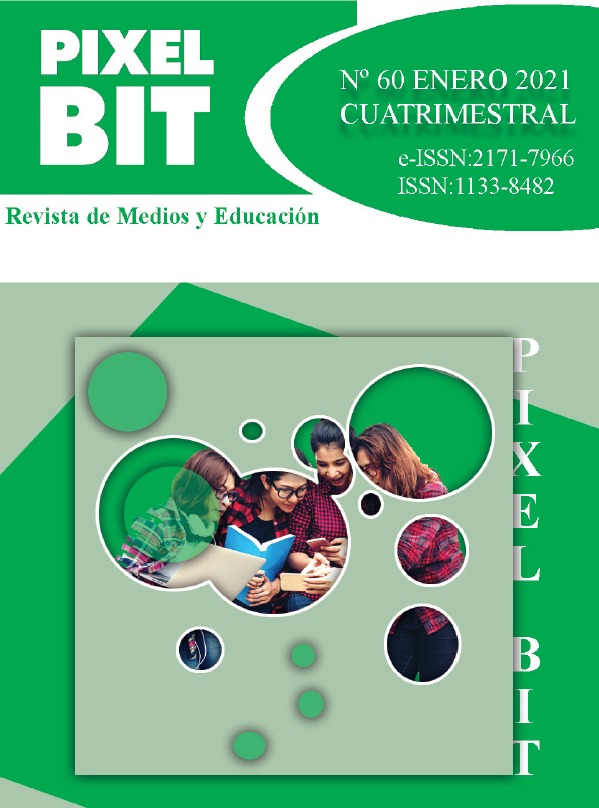Resumen
A comparative analysis has been carried out in order to study the similarities and differences in the use and management of space and time by students, based on their gender. The study analyses the data records generated by students from three different degree courses in two universities, throughout four academic years. The methodology includes exploratory statistical analysis and learning analytics for the detection of spatial, temporal and behavioural patterns. Results show a consistent convergence in most cases, although they also show marginal behavioral trends, both for the days of the week, the hours of the day, and for the different contents of the virtual campuses. This is more evident in its spatial aspect, which highlights some clear differences in the processes of distribution and concentration of the events under study: at least in this case, women do not act in the same way as men. Ultimately, the study proposes new forms of synergy between educational work and the application of the Social Sciences’ disciplinary contents thus strengthening the transfer of knowledge from specific didactics on both educational curriculum and teacher training.

Esta obra está bajo una licencia internacional Creative Commons Atribución-NoComercial-SinDerivadas 4.0.
Derechos de autor 2021 Píxel-Bit. Revista de Medios y Educación

